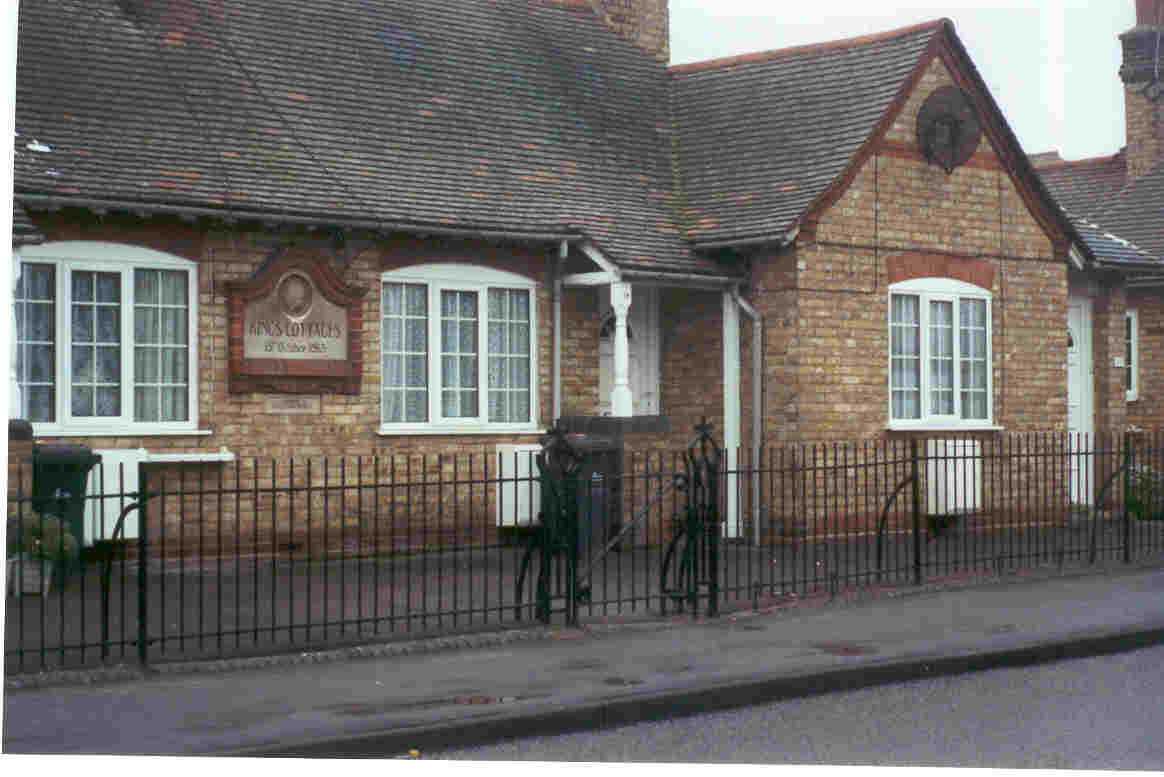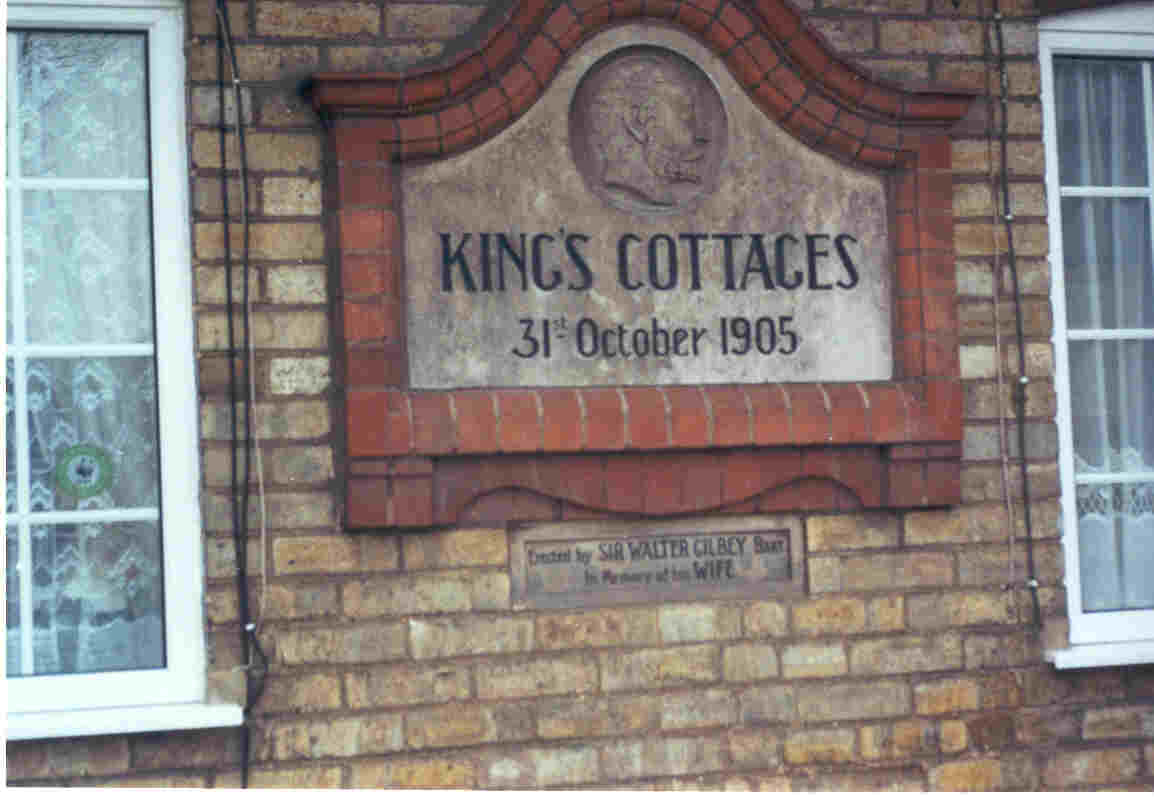
An introduction to
British Charity history
Today we think of charities of mainly helping in the third world, or caring for sick animals, or perhaps trying to find a cure for cancer. Until the Second World War, charities had an additional responsibility of caring for hundreds of thousands of poor people, functions which have now been largely absorbed into the Welfare State.
The earliest charities go back nearly nine hundred years. One of the earliest is the Hospital of St Cross in Winchester which was founded by Bishop Henry de Blois, a grandson of William the Conqueror, in 1136. The Hospital still looks after old people and provides bread and ale to passing travellers who demand it.
Until the nineteenth century charities were largely established as the result of bequests made in the wills of rich merchants, and others, charitably minded or with perhaps half an eye on an easier passage through the pearly gates. As a result most towns have an almshouse or two housing elderly, but always respectable, men and women. Many schools were also established as the result of the result of charitable bequests.

King's Cottages, South St, Bishops Stortford,
Herts were built by Sir Walter Gilbey, Bt between 1899 and 1905 in
memory of his wife. They are an example of more modern
almshouses.
These charities grew up indiscriminately. The City of London and cathedral and markets towns were often well provided for, while the new industrial towns of Lancashire and Yorkshire had very few parochial charities. By the mid-nineteenth century these charities were largely an anachronism, even if they remained important sources of assistance to the poor.
Towards the end of the eighteenth century there was a great revival of interest in charities. Many organisers and supporters felt that it was a Christian duty for the rich to help the poor. It was coupled with a belief that philanthropic action by the richer classes could make a real difference to the lives of the poor, both directly in the provision of donations but also through practical guidance and help. These charities all had one thing in common in that they depended for funds largely on support from subscriptions and donations.
They charities varied greatly in size and function. The largest were national institutions, such as the RSPCA which by the end of the nineteenth century had nearly 150 branches and over a thousand local auxiliaries. Local charities might only have a couple of dozen subscribers and donors, such as the one with my favourite title - the Manchester Society for Relieving Really Distressed Foreigners.
These charities were a rare way for middle-class women, during the nineteenth century, to undertake useful and challenging work. Charity work gave many women self-confidence and the feeling of achievement at a time when opportunities to make a real contribution to society were very limited. By the end of the nineteenth century, perhaps 500,000 women regularly took part in some form of voluntary activity each week, and another 20,000 were engaged in paid work with one charity or another.
Disaster funds were frequently opened to help widows and survivors of mining and shipping accidents, including the loss of the Titanic in 1912. The Titanic Fund alone raised over ?100,000 (of equivalent of ?10m today) in a few weeks. Such appeals however could be badly run. Perhaps the best-known example of this was the ?80,000 raised by the Lord Mayor of London to help the unemployed in 1886. The Fund was swamped by applications: some of which had nothing to do with unemployment - appeals for the Thimble League Society, the Universal Beneficent Society, and the diffusion of vegetarianism.
Yet despite a century of philanthropic action, social problems at the outbreak of the First World War were almost as bad as they had been at the Battle of Waterloo. Philanthropists tended to blame poverty on simple causes such as improvidence and, especially drunkenness, amongst the poor, ignoring the real reasons for much poverty which were economic - unemployment and poor wages were much more important than beer, or lack of Christian faith, in impoverishing poor families. By the outbreak of the First World War it had largely been agreed that the state should play a greater role in helping the poor, whether it be by slum clearance or by paying a pension to all old people. Even so voluntary work continued and remains as important today as it ever did in the past. Charities turned in new directions to continue to help the poor not just in Britain but throughout the world.
It can be very difficult to find records created by charities, partly because there were so many of them and partly because so many records have been destroyed. Where they survive records tend to be at local record offices, although some of the large national charities, such as the RSPCA or Barnados have their own archives.
Almost all charities produced an annual report. These reports usually included a summary of the year's work, with accounts and lists of committee members and officers, subscribers and donors. Very few records of individuals helped survive. Records of individual applicants are normally closed for seventy-five years to prevent distress to their immediate families. In practise therefore you might not be able to find very much about individuals after the middle of the 1920s. Occasionally reference to individuals can be found in minute books recording the decisions made by the executive committee and any sub-committees.
The National Register of Archives should be able to tell you which charity records survive and where they are to be found. Many local study libraries, whose holdings tend not to be found in the Register, might also have material, as indeed may the charities themselves if they are still in existence.
Another useful source is newspapers. Charities were, and are, skilful self-publicists. Newspapers may include reports of charitable activities, especially the annual meeting and any special appeals for funds. Advertisements, normally of course to be found on the front page, are also interesting and may include lists of subscribers.
The best historical survey of charities is David Owen, English Philanthropy, 1660-1960 (Harvard, 1964). Rather shorter is Frank Prochaska, The Voluntary Impulse: Philanthropy in Modern Britain (Faber and Faber, 1988) and Norman Alvey, From Chantry to Oxfam: A Short History of Charities and Charity Legislation (British Association for Local History, 1996). So far as is known there are few if any web sites devoted to individual charities or charity history in general.
The Voluntary Action History Society organises regular meetings and conferences.
More about flag days
Copyright 2001. All rights reserved.